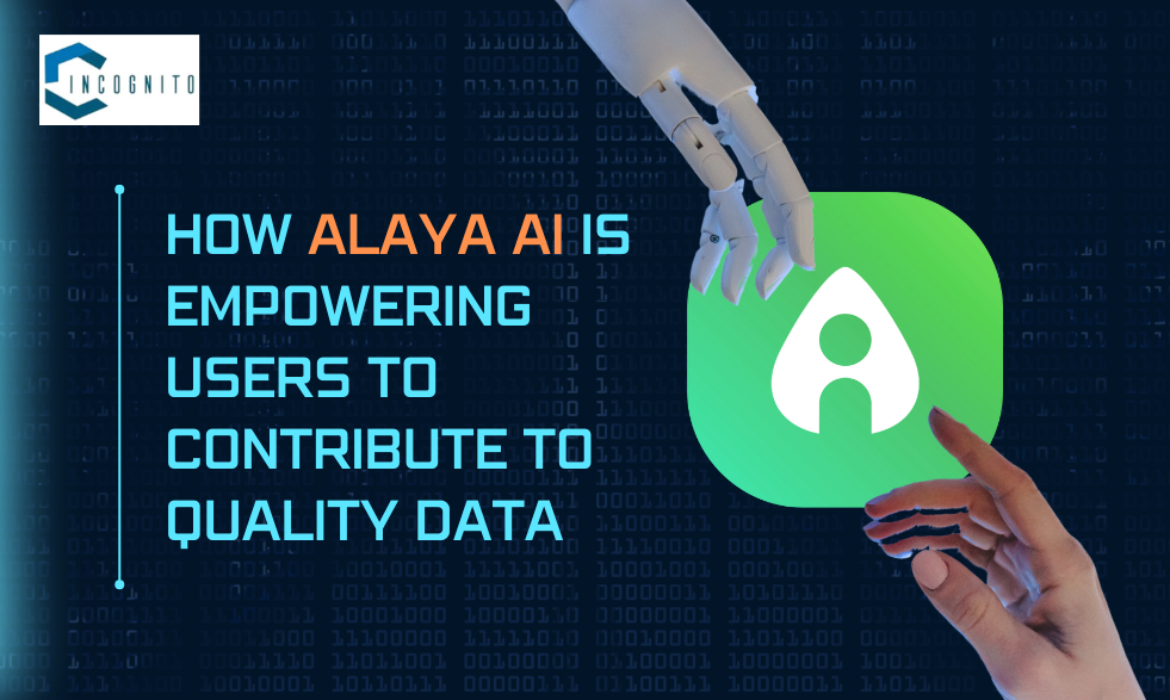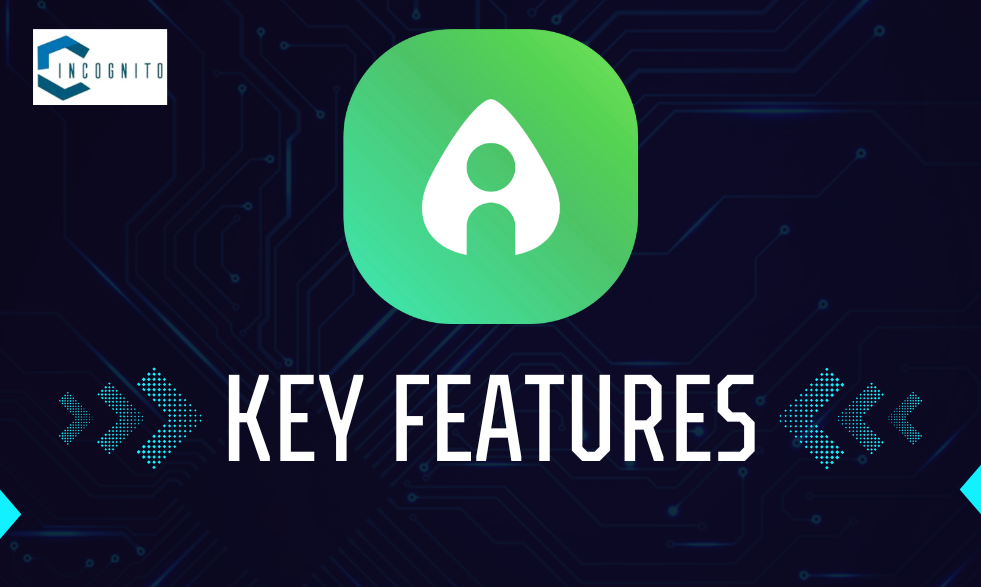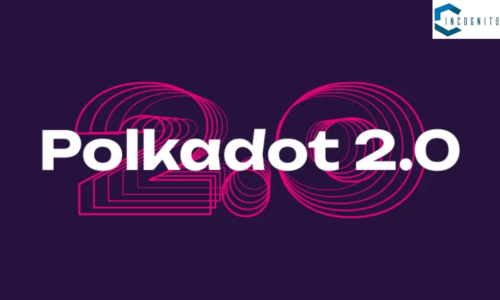
There is no doubt that in this fast changing era of technology, the requirement to train artificial intelligence systems with high-quality data has never been greater. However, most traditional methods of data collection and labeling involve a lot of inefficiency and inaccuracy.
And that is where Alaya AI comes to the rescue!
Here’s what the features, functionalities, and applications of Alaya AI are all about, which sets the importance in today’s data-centric world.
Keep reading, keep learning!
What is Alaya AI?
Alaya AI uses a decentralized model, involving users in data gathering and labeling. This approach not only increases the quality of the data gathered but also creates a shared sense among contributors. For their efforts, users can earn ALA tokens that may be redeemed in various ways, thus motivating engagement and good quality work.

Key Features of Alaya AI
Key Features
It comes with hosts of features that are as follows:
1. Collection of Quality Data:
Alaya AI excels at collecting multiples of datasets from sources including social media, survey responses and interviews. This is one of the main requirements for training AI for excellent accuracy.
2. Data Annotation and Validation:
The features offered by this platform include labeling and validation of data efficiently so that data can be collected and retrieved with ease for further use in training the AI models.
3. Gamified User Experience:
Alaya AI utilizes a gamification approach in order to make the contribution of data lively. With quizzes and challenges, through the improvement of knowledge, users can earn digital assets as they contribute quality information at the same time.
4. Privacy and Security:
Alaya AI guarantees protection for users’ information through zero-knowledge encryption, Ethereum-based blockchain for transactions. This commitment to privacy is a must to achieve trust among the users.
5. Tokenization and Incentives:
It uses a token-based economy, meaning that all contributions attract ALA tokens. This not only gamifies the experience but also instills ownership in users.
6. Swarm Intelligence:
Alaya AI aggregates all the contributions of a number of different individuals to show signs of swarm intelligence, causing the AI model training to be more accurate.
7. NFT Integration:
NFTs are digital assets on the platform, enabling transparent assignment of ownership and rewarding quality contributions. Meanwhile, you can check here the most expensive NFTs ever sold.
How Alaya AI Works
Alaya AI functions by allowing users to sign up on its platform and share in other tasks relating to data collection and labeling. After registration, users can scroll through various projects available on the dashboard. Users can take part in annotating images, transcribing audio, or inputting relevant information depending on the project requirements.
Applications of Alaya AI
Alaya AI has extensive implications across various industries:
1. Healthcare:
Within the health care domain, Alaya AI helps improve patient care through big medical data analysis that simplifies decision-making. It can be applied in developing predictive models allowing health care providers the provision of more personalized treatments.
2. E-commerce:
Alaya AI allows retailers to analyze customer behavior patterns to market appropriately. This ability to collect diverse datasets also makes it easier for businesses to understand consumer preferences.
3. Finance:
With Alaya AI, financial institutions are in a position to measure the risk factors and identify fraud trends by tracking customers’ transaction patterns and behavior.
4. Smart Cities:
With smart city initiatives, Alaya AI can process high-volume datasets from various sources such as traffic cameras or environmental sensors to optimize urban resource distribution and planning.
5. Education:
In the education sector, the platform can aid in analyzing student performance data and developing instruction plans for teachers, enabling them to tailor their approaches to each learner’s needs.
Benefits of Using Alaya AI
The benefits of using Alaya AI are as follows:
- Ensures a high level of diversity in data: With the distributed nature of the process, Alaya AI ensures active contribution from various participants in different quarters. This is bound to promote diversity and richness in the dataset for training models.
- Ensures quality data: With both gamification and quality control mechanisms in place, the quality of labeled data is ensured to be precise and sound.
- Collective Intelligence: An organisation can now access collective intelligence from contributors across the globe, which gives more holistic views and breaks geographical boundaries.
- User engagement: A gamified environment encourages active user participation and enables data contribution to be made fun while creating a community.
- Scalability: Alaya AI architecture is scalable according to business needs, and, therefore, it is an ideal solution for organisations of any size.
Challenges and Considerations
Despite several benefits, there are challenges with its implementation:
- Data Privacy: Although strong measures like zero-knowledge encryption are in place, misuse of data and breach-related apprehensions may still appear in the minds of the users.
- Quality Control: Consistency in quality becomes difficult to be ensured as there are diverse contributions by the users; therefore, strong validation mechanisms must be developed.
- The Competition in the Market: The more new platforms emerged and take an interest in decentralized data collection and annotation, the more Alaya AI had to innovate constantly and stay ahead of the competition.
Conclusion
Alaya AI is the next big step how the world’s businesses will collect and manage data in this increasingly digital world. It combines artificial intelligence principles with the objective of social commerce to create a collaborative space where the quality of the data provided would be high but also be done under new security measures guaranteeing the confidentiality of its users.
With its vast applications in different industries, such as healthcare, finance, e-commerce, and education, Alaya AI is well positioned to transform how organizations leverage data for their decision-making processes. Therefore, collective intelligence and community involvement will likely continue to be among the most characteristic features of this future landscape of artificial intelligence.





